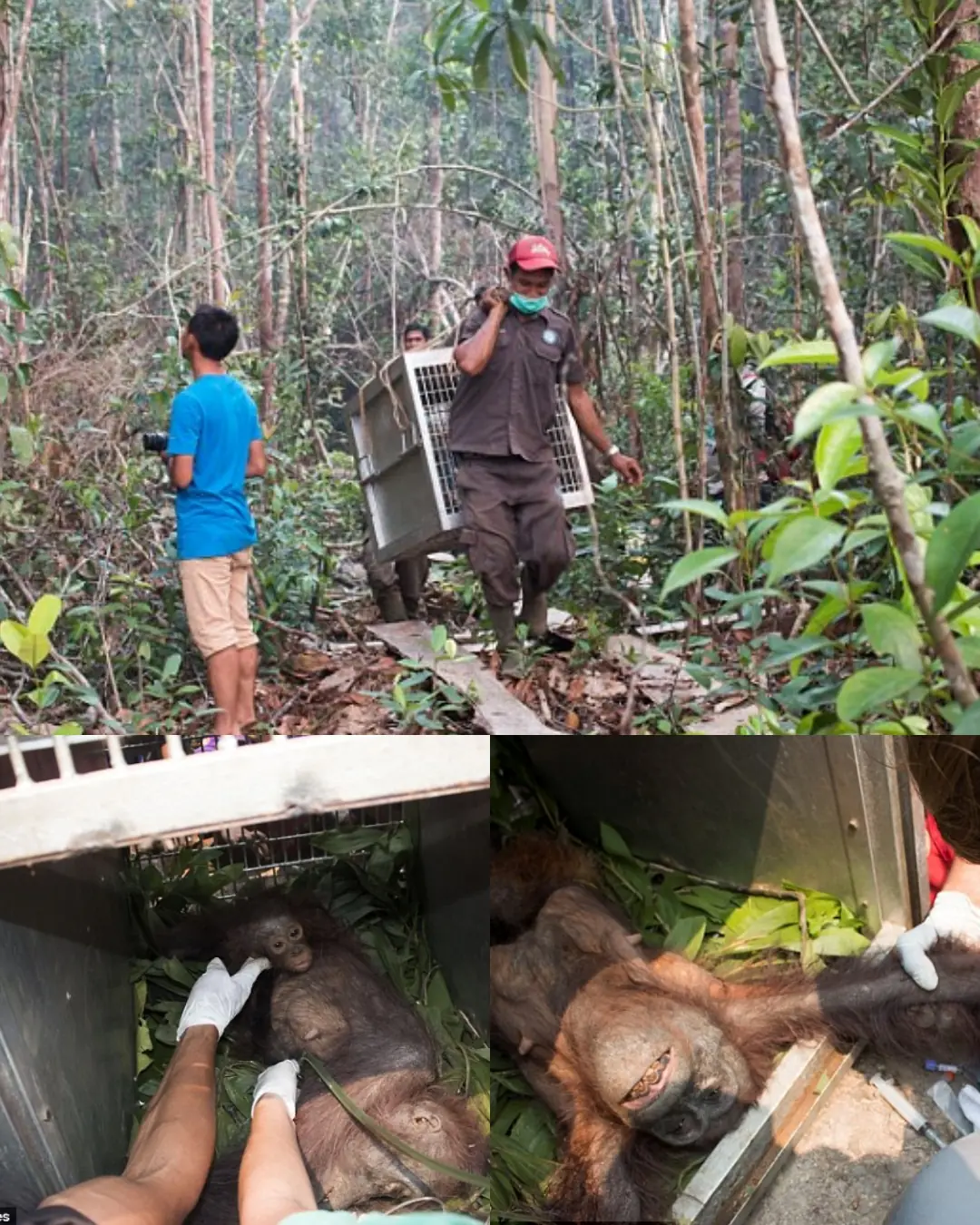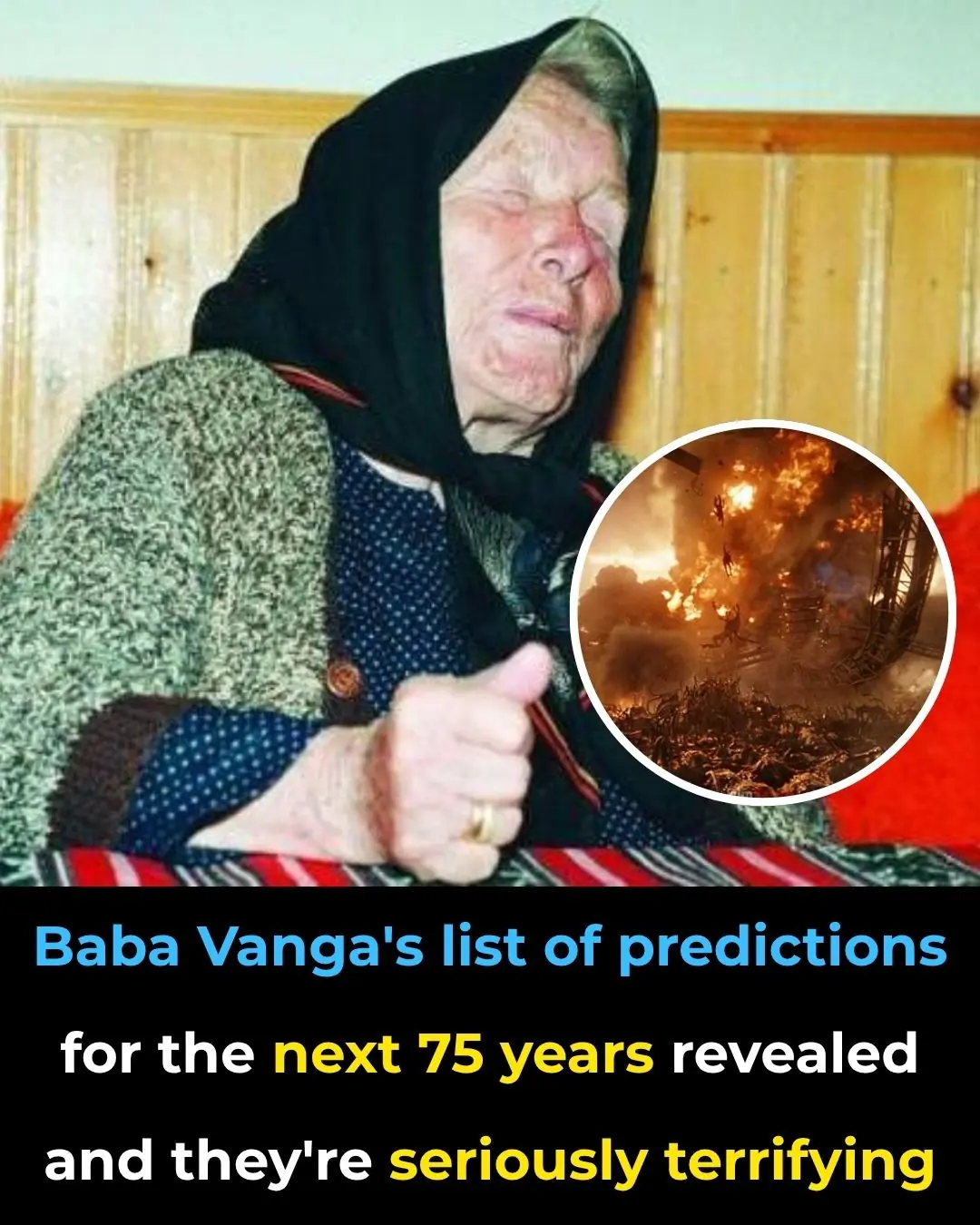
LEGO Builds Confidence in Young Patients Facing MRI Scans

The LEGO MRI Scanner: How Play Is Rewiring the Way Children Experience Medicine
For many children, the thought of entering a magnetic resonance imaging (MRI) machine can feel like stepping into a cold, echoing spaceship from a strange dream. The scanner’s rhythmic clanging fills the air, and its narrow tunnel demands stillness even from the tiniest, most restless patients. What should be a simple medical procedure often becomes a scene of fear and tears. For some children, anxiety escalates so intensely that sedation becomes the only option.
Yet across hospitals worldwide, a simple, colorful idea is changing that story. A small LEGO model built from just 500 pieces is helping children face their fears, transforming what was once a moment of dread into one of curiosity, empowerment, and even joy.
This LEGO MRI Scanner set—developed by the LEGO Group in collaboration with the Starlight Children’s Foundation and global healthcare partners—has quietly reshaped how hospitals prepare young patients. At Michigan’s Sparrow Hospital, sedation rates for pediatric MRI scans have dropped by half since the model’s introduction. Across hundreds of medical centers from California to Copenhagen, children now enter MRI rooms with smiles instead of tears.
Having reached over a million children in 10,000 hospitals, the initiative is far more than a charitable gesture. It represents a paradigm shift in pediatric care: proof that play is not merely entertainment, but a profound therapeutic tool for healing, learning, and emotional resilience.
From Clanging Tunnels to Calm Minds
To a child, an MRI machine can look and sound like something out of science fiction—a giant white tube that hums and roars as they’re asked to lie motionless inside. For adults, it’s uncomfortable; for kids, it can feel terrifying. Traditionally, hospitals have relied on sedation to ensure stillness for clear imaging results. But as pediatric specialists have long observed, sedation is often used not because it’s medically necessary—but because fear gets in the way.
Enter the LEGO MRI Scanner: a small, hands-on replica that looks and functions just like the real thing. It includes a sliding patient bed, friendly minifigure “technicians,” and tiny control panels. Hospital engineers often secure the model on a sturdy base, gluing down every piece except the bed so children can move it safely. The miniature scanner becomes a playful, low-stakes introduction to what might otherwise be a frightening machine.
“Understanding that it’s not going to hurt you, that you just have to hold still—through our explanation and the LEGO model—kids can figure it out,” said Kelly Hebert of Sparrow Hospital. The results speak volumes: within a year, the hospital reduced pediatric MRI sedation by about 50%.
Similar outcomes have been reported at Sutter Medical Center in Sacramento and hospitals across Europe. A LEGO Group study found that 96% of healthcare workers saw reduced anxiety among young patients who used the model, and nearly half reported fewer cases requiring anesthesia. What once seemed like an immovable source of fear can now be dismantled—quite literally—brick by brick.
Turning Anxiety into Understanding

To outsiders, the idea that a toy could calm a child in a hospital might sound whimsical or naive. But psychologists understand it perfectly: play is the natural language of childhood. Through play, children make sense of the world around them. They test, question, role-play, and discover emotional control.
This principle—known as play-based learning—is the heart of the LEGO MRI initiative. When a child manipulates the model, they aren’t just playing; they’re rehearsing. They practice lying still, hear the sounds the real machine makes, and explore what happens next. Psychologically, they are building what experts call “cognitive scaffolding”: a mental framework that turns confusion into understanding and fear into preparedness. Once the unknown becomes familiar, fear loses its power.
Sara Anderson, manager of integrated therapies at Sutter Medical Center, explains: “Play is one of the most important ways for children to learn, to process, to express themselves. One of our main interventions here is play.” When a child takes charge of the LEGO MRI, “they become the master of what’s happening to them.” That sense of mastery—of control—is what transforms a distressing medical experience into one they can handle with courage.
The LEGO Foundation also provides training videos for healthcare professionals, teaching them how to facilitate play sessions without taking over. Adults are encouraged to let children lead, allowing imagination to guide the experience. This shared interaction turns play into a bridge between fear and understanding, helping children not just cope, but thrive.
Stories From the Hospital Floor
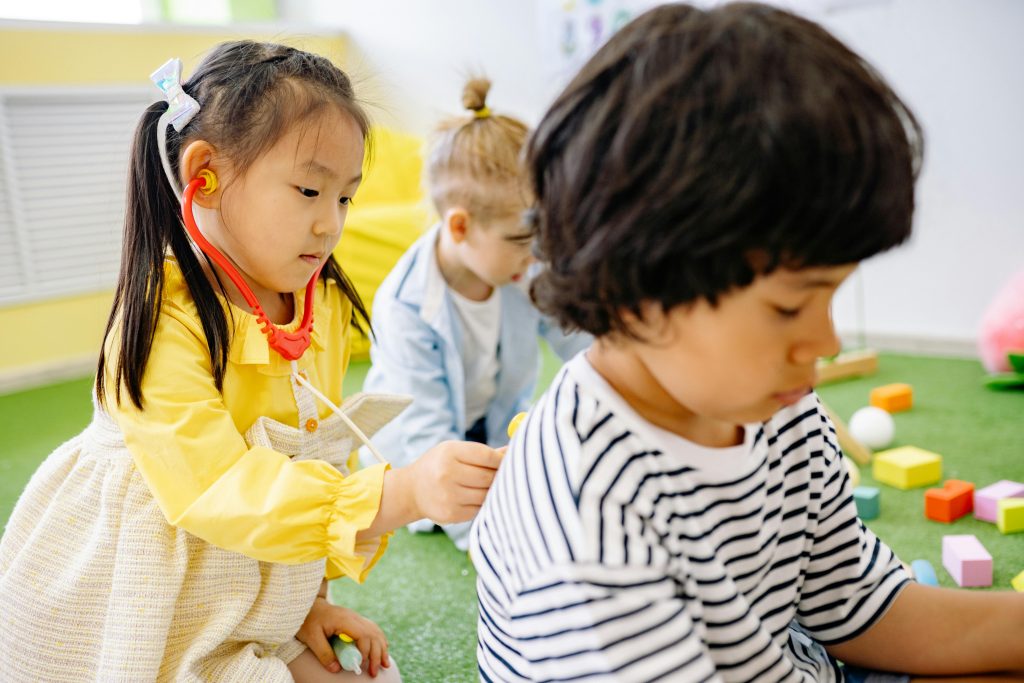
Statistics show impact—but stories show humanity. In Lansing, Michigan, four-year-olds who once trembled at the sight of an MRI now walk in proudly, clutching their own miniature LEGO beds. In Sacramento, eight-year-old Jaxon—who has a rare cancer known as BCOR sarcoma—used the LEGO model to prepare for his first MRI.
His mother, Brianna Dwonch, remembers the transformation vividly: “Having a tangible toy that he could see and understand—‘this is what I’m going to be doing’—was so beneficial. He wasn’t afraid because he already knew what it looked and sounded like.”
Across the Atlantic in Edinburgh, five-year-old Ivy faced her own fears. For her first MRI, she needed anesthesia; before her second, she was introduced to the LEGO scanner. This time, she climbed into the machine fully awake and calm. “If we hadn’t played with the LEGO model beforehand, I think she would have had a full meltdown,” her mother Rachel said. “It helped her understand what to expect and took away any nerves.” Ivy summed it up simply: “I liked playing with the LEGO toy. It made me feel relaxed. I wasn’t scared. I was brave.”
At Great Ormond Street Hospital in London, senior play specialist Emily Stone sees this reaction daily. “Everyone knows and loves LEGO,” she said. “When I walk into a child’s room with it, it instantly makes them feel at ease. It gives us an opportunity to describe the noise, the process, and show that nothing touches them. It changes everything.”
From a Danish Workshop to a Worldwide Movement

The LEGO MRI Scanner program began modestly in 2015, when LEGO technician Erik Ullerlund Staehr handcrafted a small prototype in collaboration with Odense University Hospital in Denmark. The vision was simple yet radical: use play to turn anxiety into understanding.
What started as a volunteer idea soon became a global partnership between the LEGO Group, the LEGO Foundation, and nonprofits such as Starlight Children’s Foundation, Fairy Bricks, and United Way. By 2022, hospitals could apply to receive the models, and within just three years, over 10,000 had been distributed across 13 countries.
Each set, though only about 13 centimeters wide, includes detailed educational materials and videos for staff, ensuring it’s used as a purposeful tool rather than a mere distraction. Data collected from hospitals worldwide consistently show the same results: calmer children, reduced sedation, and families who feel more engaged and supported in the care process.
In some hospitals, sedation rates for pediatric MRIs have dropped by as much as 50%, freeing up staff time, lowering risks, and cutting costs. But perhaps the most profound effect is cultural—hospitals are beginning to see play not as an afterthought, but as an integral part of healing.
Inspired by the MRI project, medical centers are now applying play-based preparation to blood draws, surgeries, and chemotherapy. As LEGO Foundation Play Specialist Dorthe Feveile Kjerkegaard explains, “Through play, we make the unknown familiar. And when the unknown becomes familiar, it becomes safe.”
A New Prescription for Play

The success of the LEGO MRI Scanner set highlights a deeper truth about healthcare—one that transcends machines and medicine. Healing isn’t just physical; it’s emotional, social, and imaginative. The project demonstrates that empathy and creativity can stand alongside technology, and that sometimes, the smallest tools spark the biggest changes.
The LEGO Foundation is already exploring new frontiers of medical play—from models that explain surgery to virtual-reality simulations of hospital visits. The goal is simple but revolutionary: to give children agency in their own care, allowing them to feel like active participants rather than passive patients.
As Diana Ringe Krogh, Vice President of Social Responsibility at LEGO, puts it, “Our MRI Scanner set shows how a simple act of play can have a big impact. By giving children the opportunity to explore, ask questions, and play their way through a medical procedure, we’re helping them feel safer and more in control.”
For parents, the change is profound. Many who once dreaded watching their child sedated now witness them facing the MRI machine calmly, even proudly. Hospitals benefit from reduced sedation times and smoother procedures. And for the children who leave with bravery certificates—and maybe a new LEGO minifigure—the experience becomes not a story of fear, but of triumph.
Building a Braver Future
The story of the LEGO MRI Scanner is ultimately one of empathy engineered through imagination. It reminds us that true healing extends beyond medicine—it begins with understanding, connection, and trust.
For more than a million children around the world, a handful of colorful plastic bricks have transformed an intimidating medical procedure into a symbol of courage and creativity.
In an age dominated by advanced technology and data-driven medicine, this initiative stands out for its simplicity: a toy, a story, a shared moment of play. These are the tools helping children face fear with grace and strength.
What began as a humble volunteer project in Denmark has grown into a global movement—proof that even in the most clinical settings, humanity and creativity can thrive side by side.
The LEGO MRI Scanner teaches a timeless lesson: fear fades when we understand, and understanding often begins with curiosity. By giving children the freedom to explore and imagine, hospitals around the world are building something far greater than clear MRI images—they’re building courage, one tiny brick at a time.
News in the same category


Sweden Becomes the First Nation to Turn Travel Into Medicine — Doctors Can Now ‘Prescribe’ a Trip for Wellness

What Does It Mean When the Departed Visit Our Dreams?

Why We Feel That Little Electric Sh0ck When We Touch Another Person—Science Explains

If a Man Doesn’t Appreciate You, Here’s What You Should Do

When a woman stops loving a man, she begins…

5 hygiene mistakes that many people make... but no one dares to talk about...
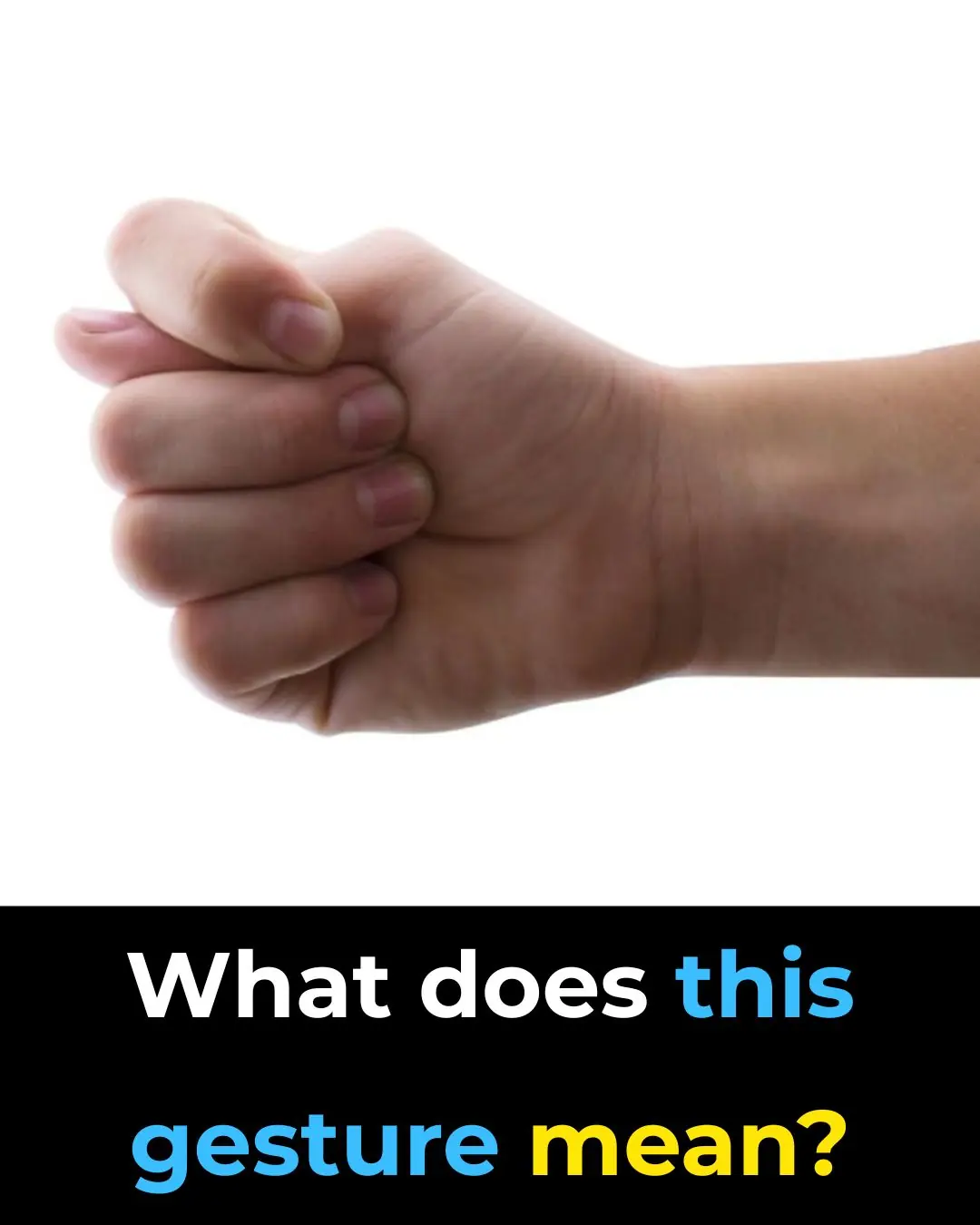
What does this gesture mean?

Is Too Much Rice Harming Your Health

Has This Ever Happened to You? The Strange Phenomenon That Freezes You in Your Sleep
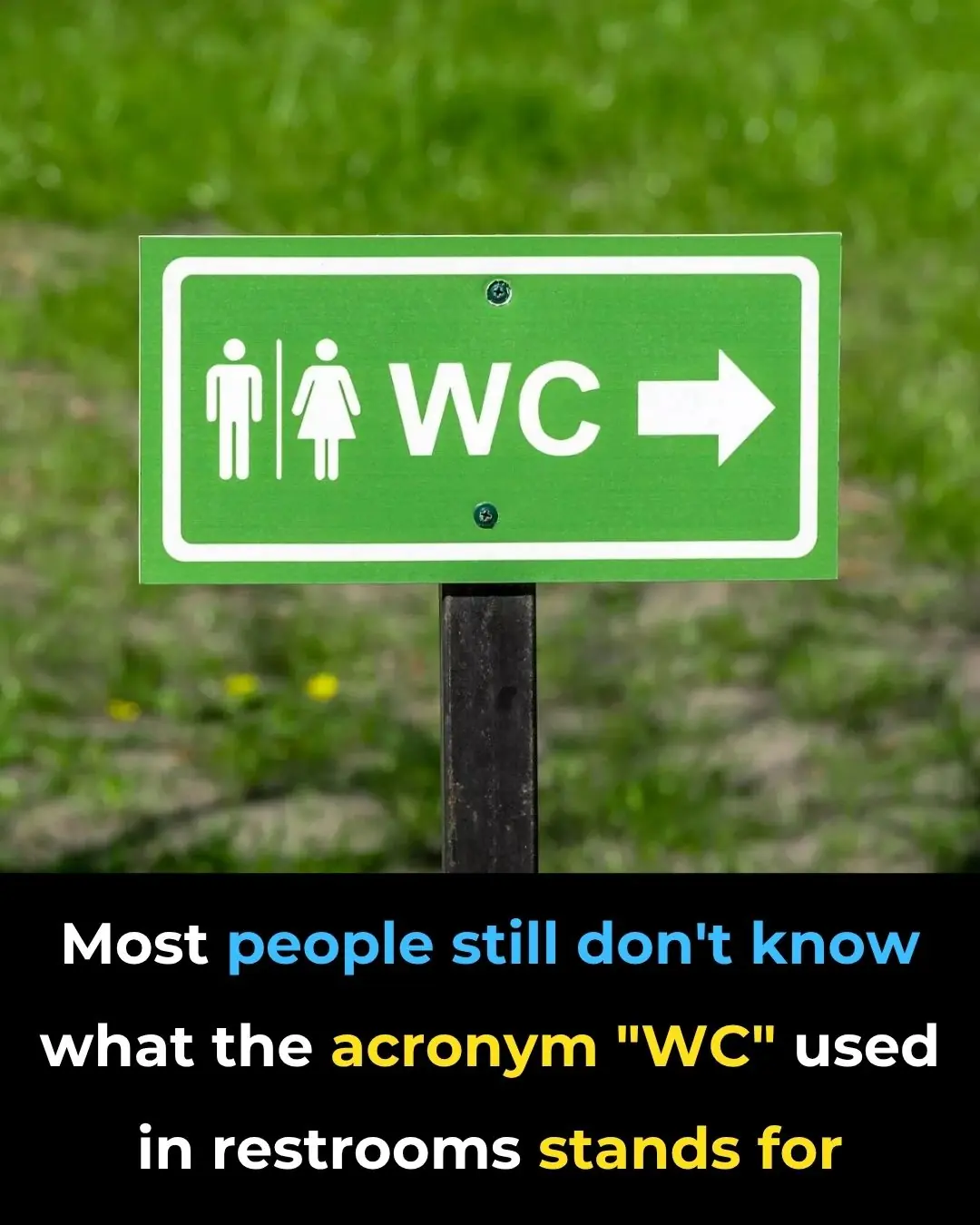
Some people are only now realizing what the “WC” sign stands for on washrooms

Unbelievable Discovery: Praying Mantis Eggs Found in Christmas Tree

7 Ways to Deal With A Cheating Husband
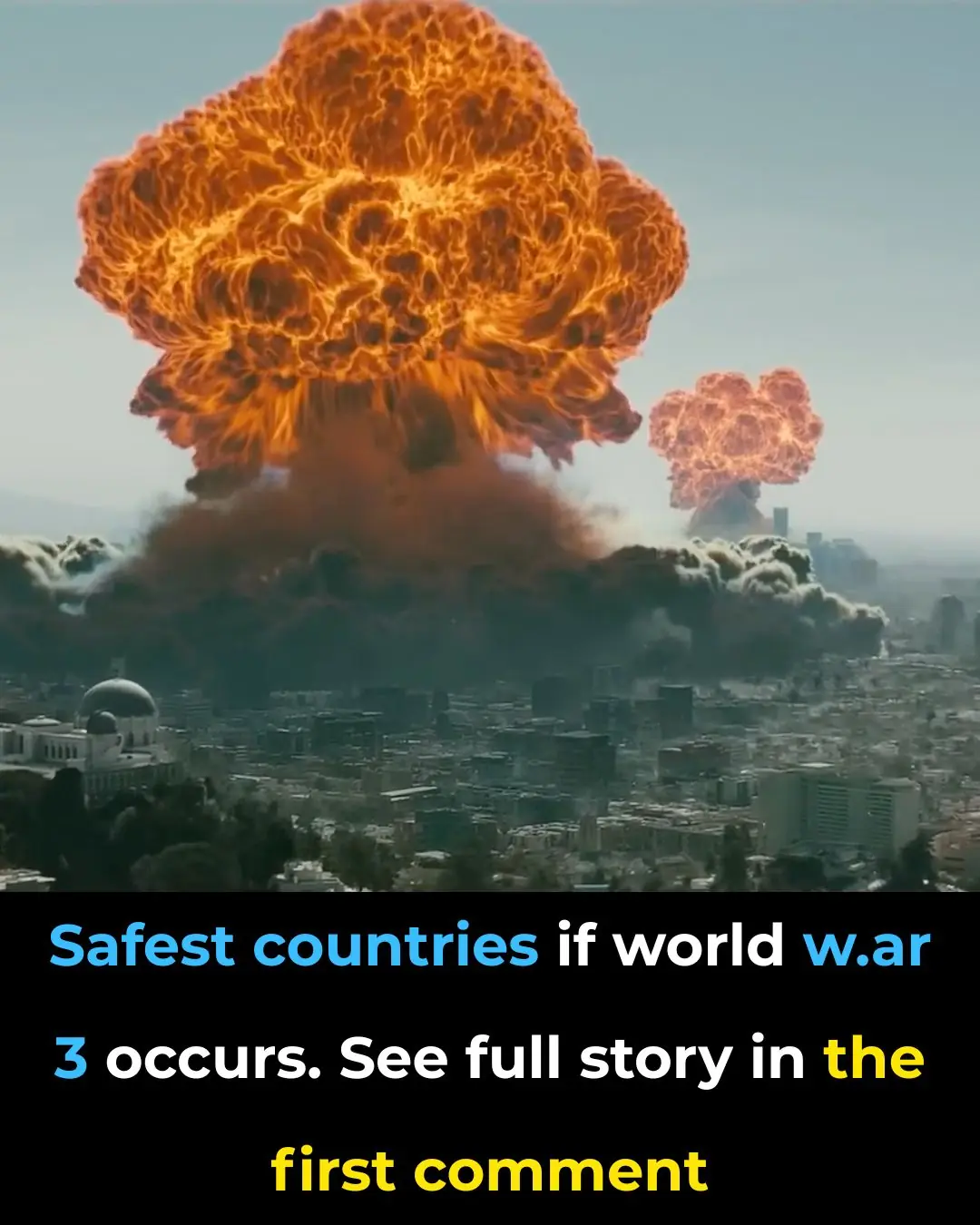
10 Safest Places to Be if World War III Erupts
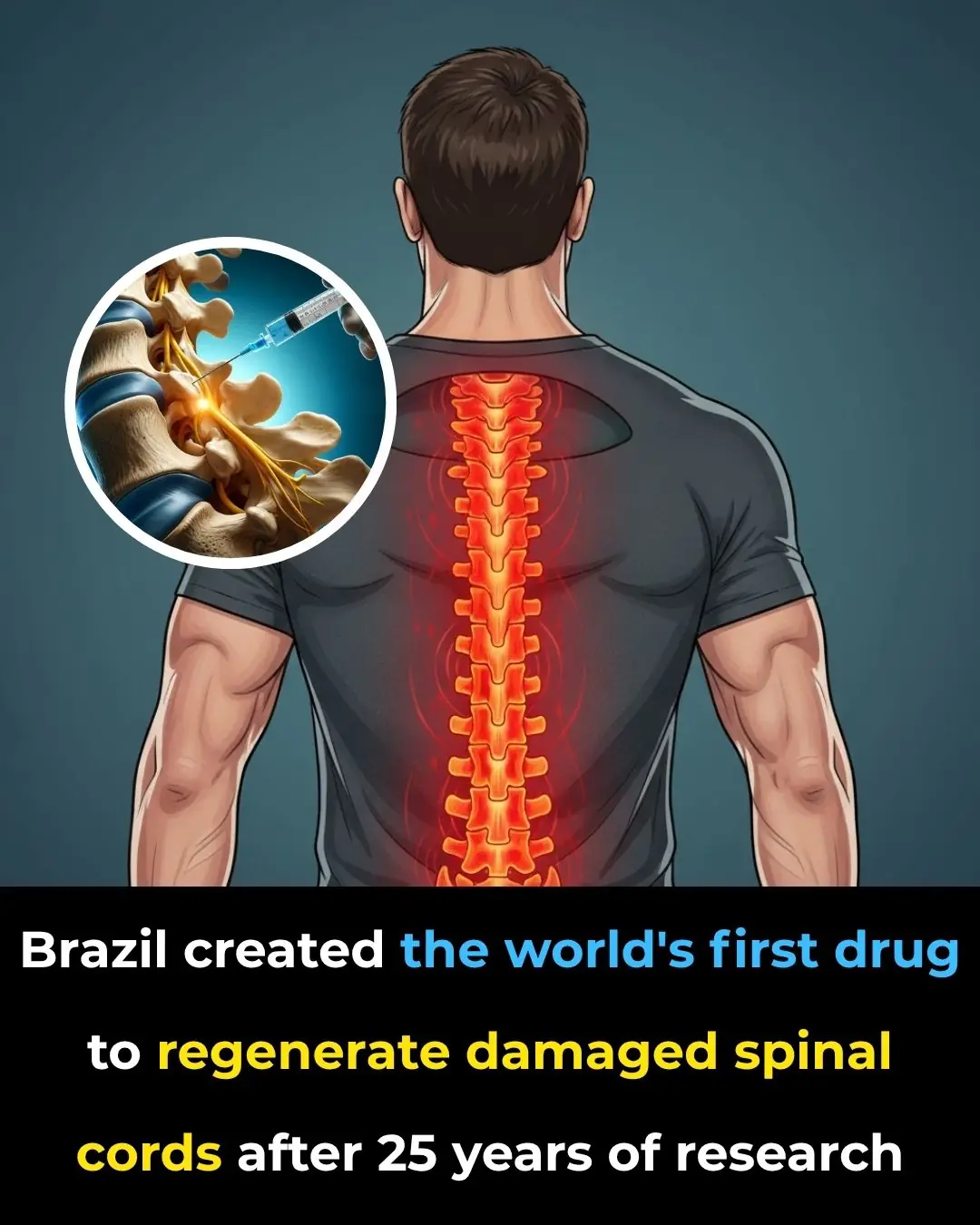
Polylaminin: Could This Breakthrough Help Heal Spinal Cord Injuries?
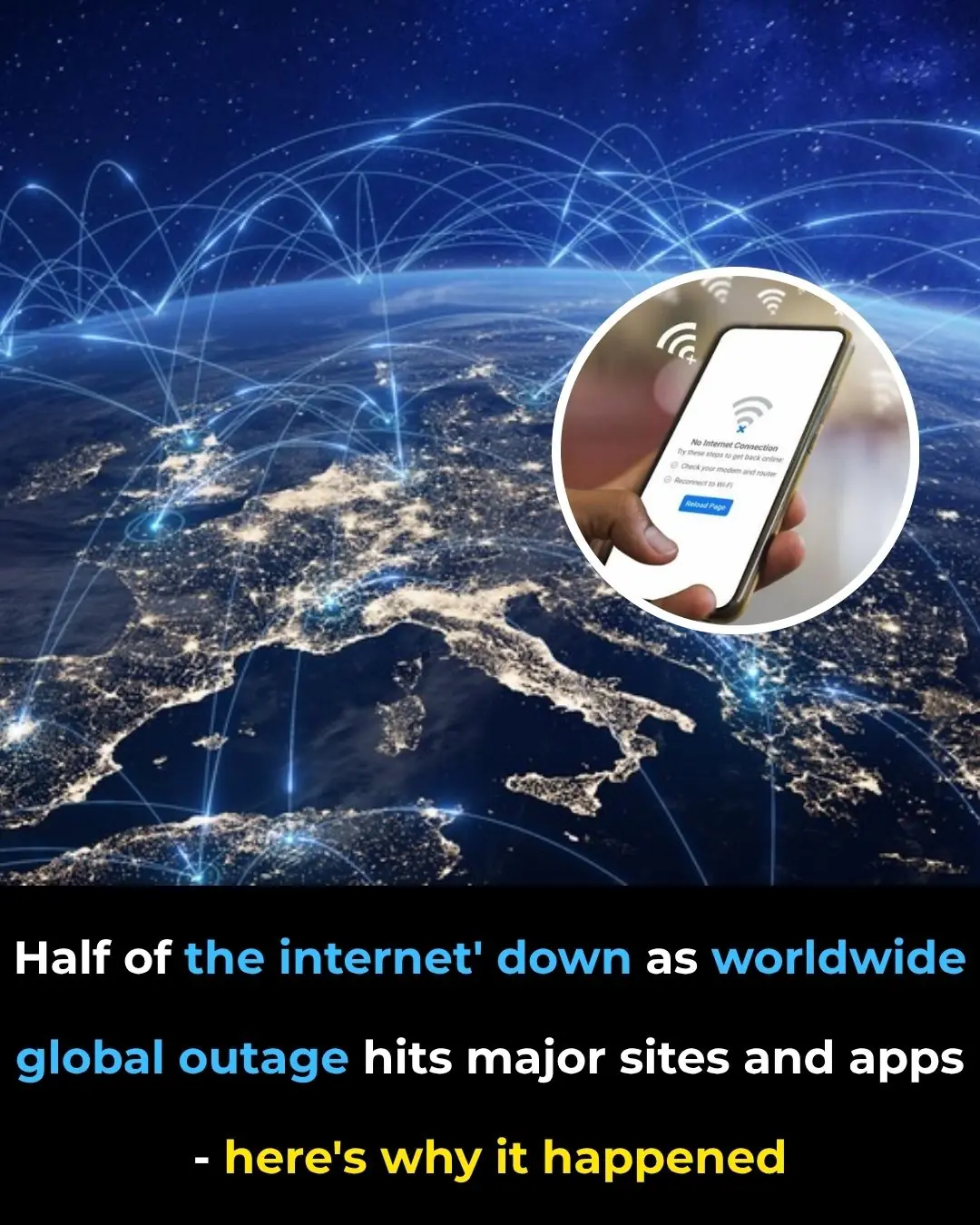
Global AWS Outage Disrupts Major Apps and Airlines, Exposing the Internet’s Fragile Backbone

4 types of ornamental plants that easily cause allergies and poisoning in children, parents should consider before planting

Most Attractive Hobby a Man Can Have According to Women

Make Your Sausages Juicier and More Flavorful With This One Simple Step Before Cooking
News Post
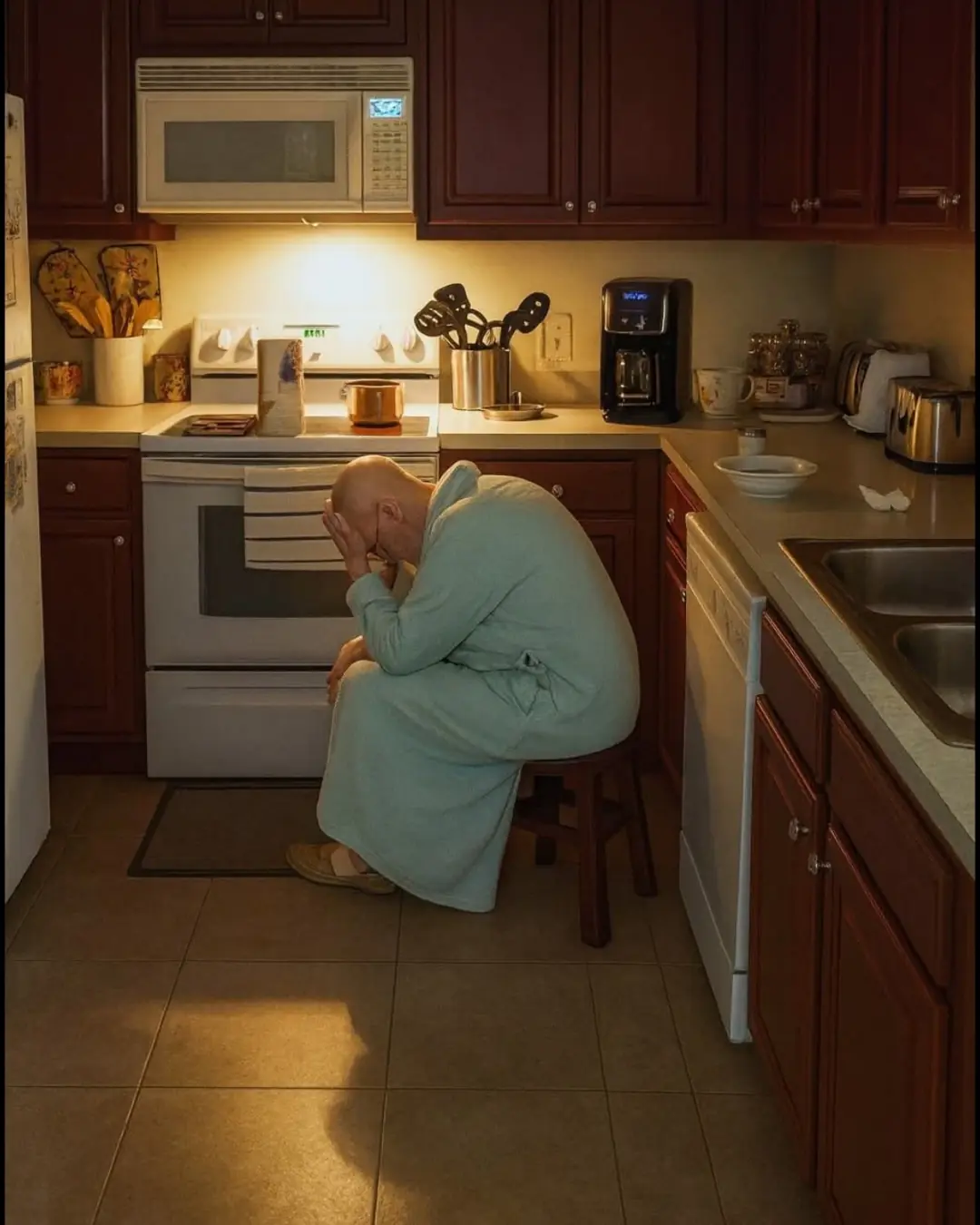
A Real-Life Superhero: The Mother-in-Law Who Became a Caregiver and a Lifeline

The Dog Who Wore a Sheep’s Skin.

A Simple Act of Kindness: Man Rescues Turtles from the Dinner Plate

Jimmy the Bear: A Story of Love, Care, and Compassion
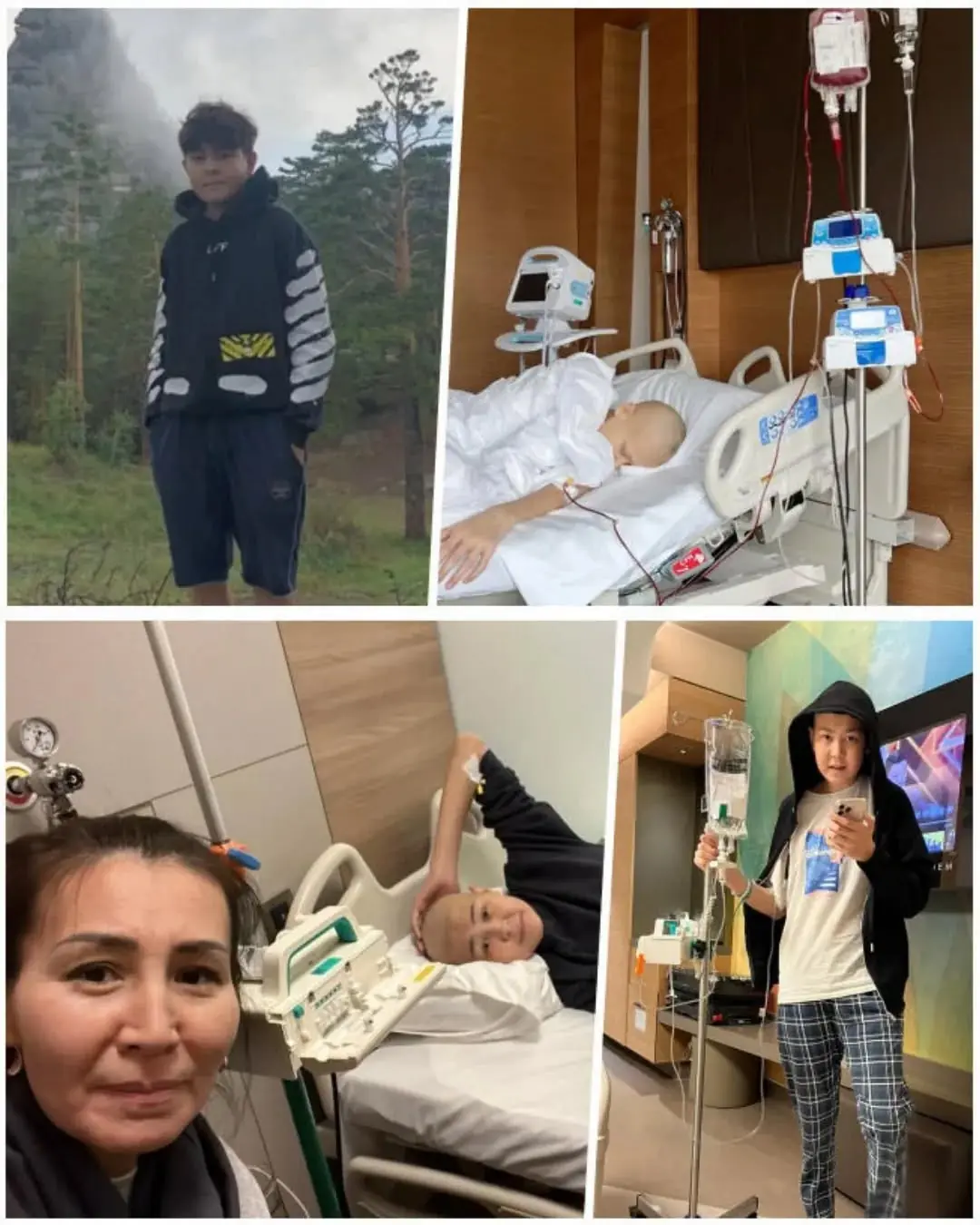
A Seventeen-Year-Old’s Battle for Tomorrow: Yerasyl’s Fight for Life

Black Locust (Robinia pseudoacacia): 14 Surprising Benefits and How to Use It at Home

A Rare Sight: Bright Orange Nurse Shark Makes Scientific History in the Caribbean
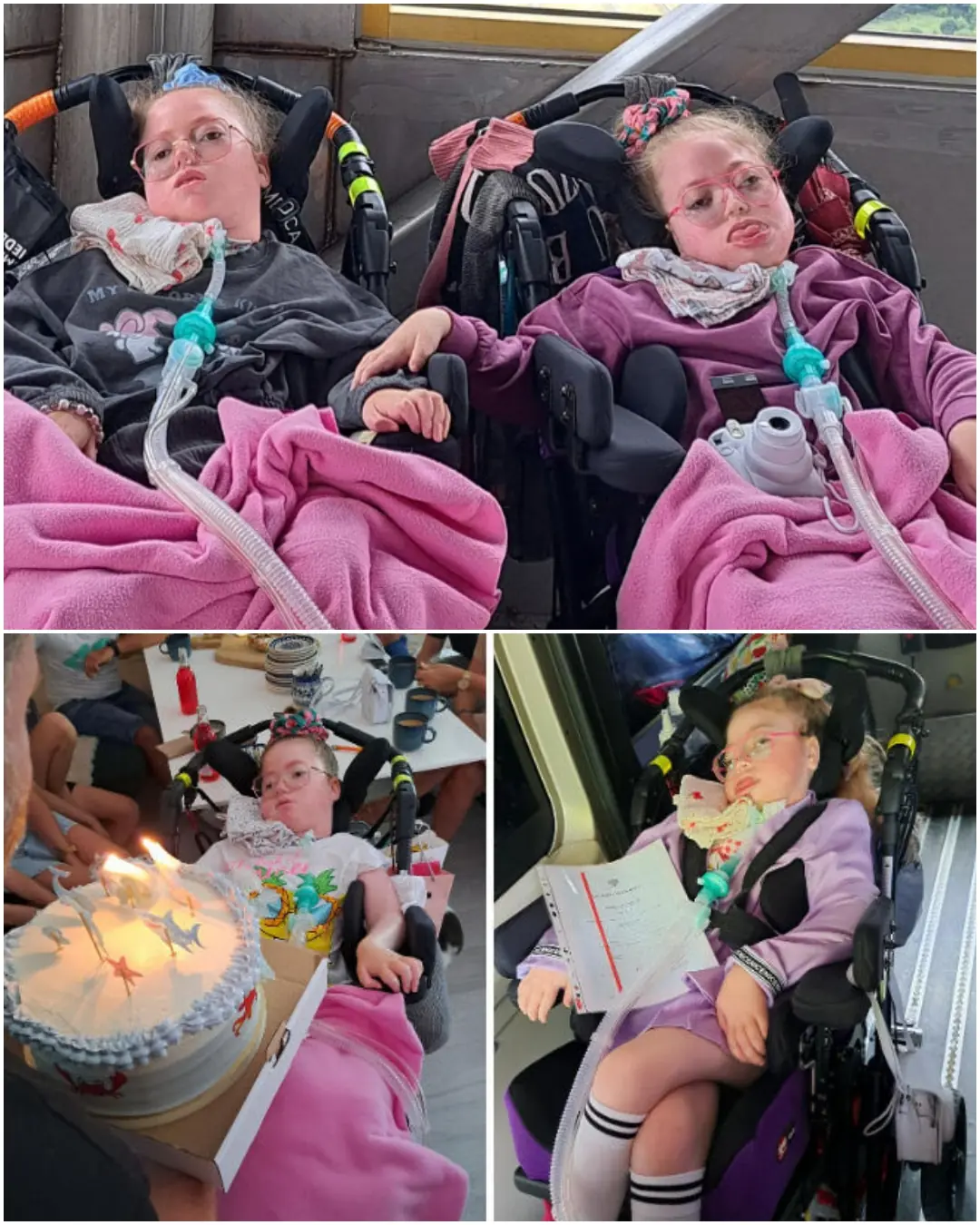
Two Lives Powered by Machines: Madzia and Nina’s Fight Against Myasthenia Gravis
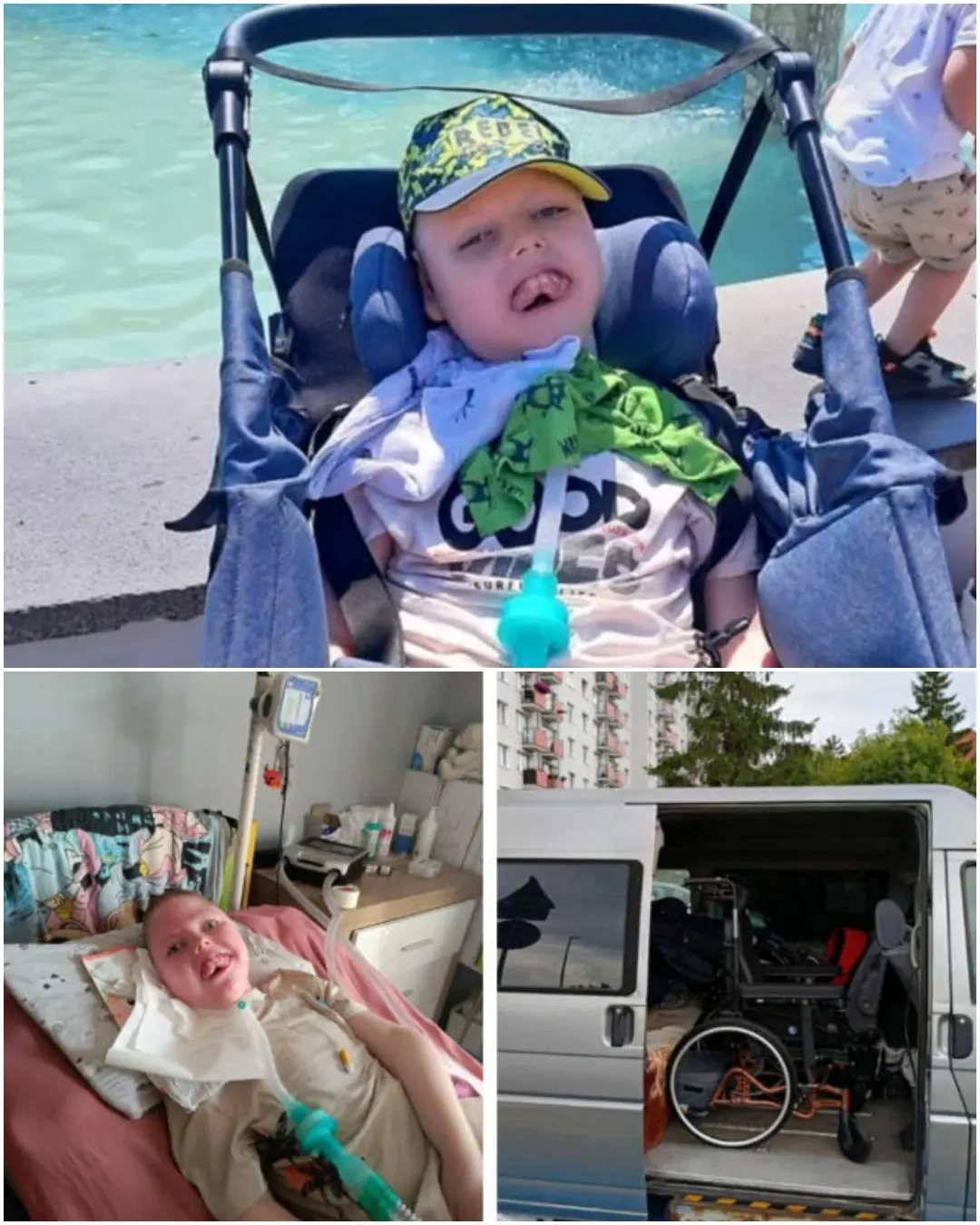
A Car Repair That Means Freedom: Wiktor’s Fight Against SMA
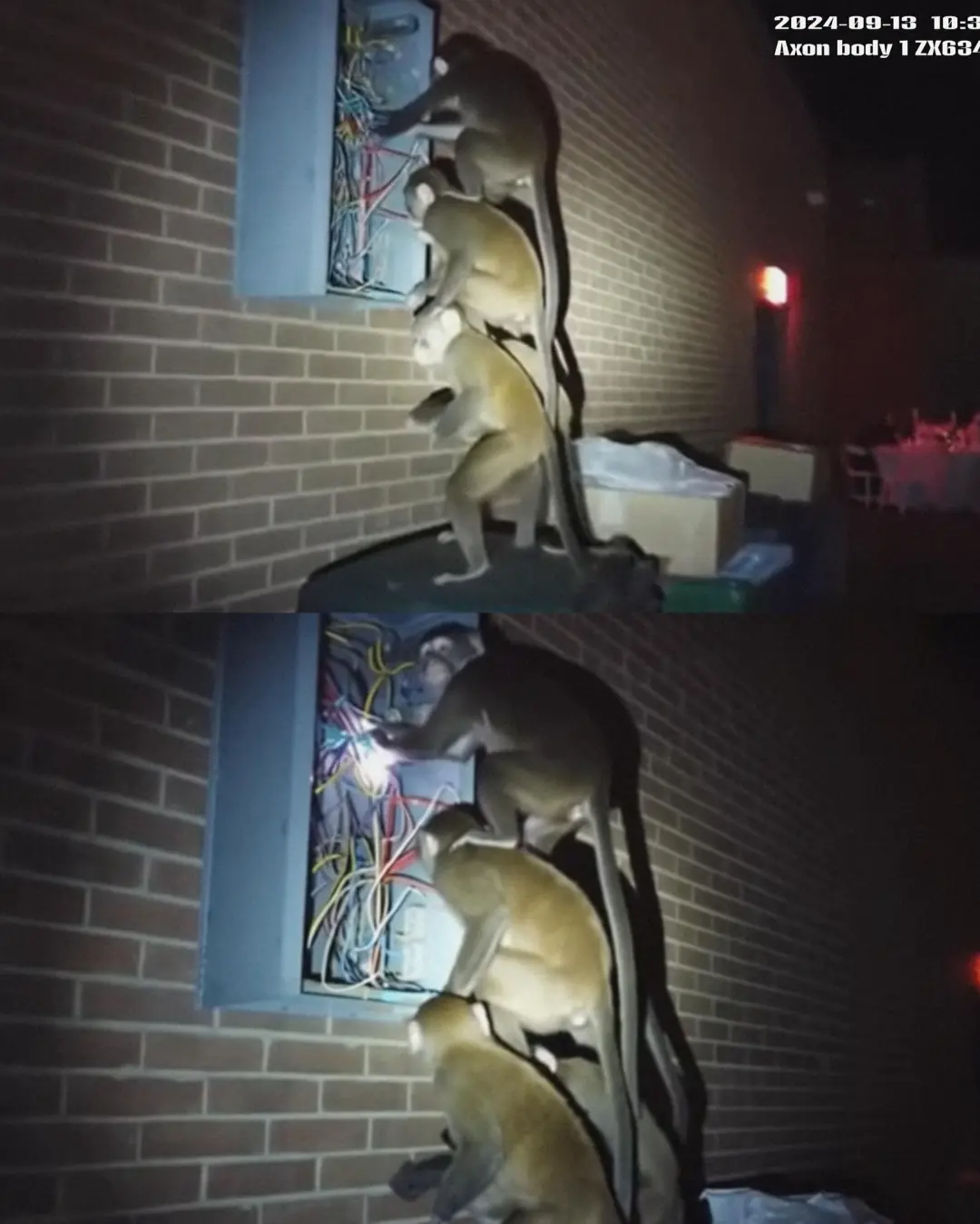
Monkeys, Mischief, and a Wedding to Remember: The Night Thailand Went Dark
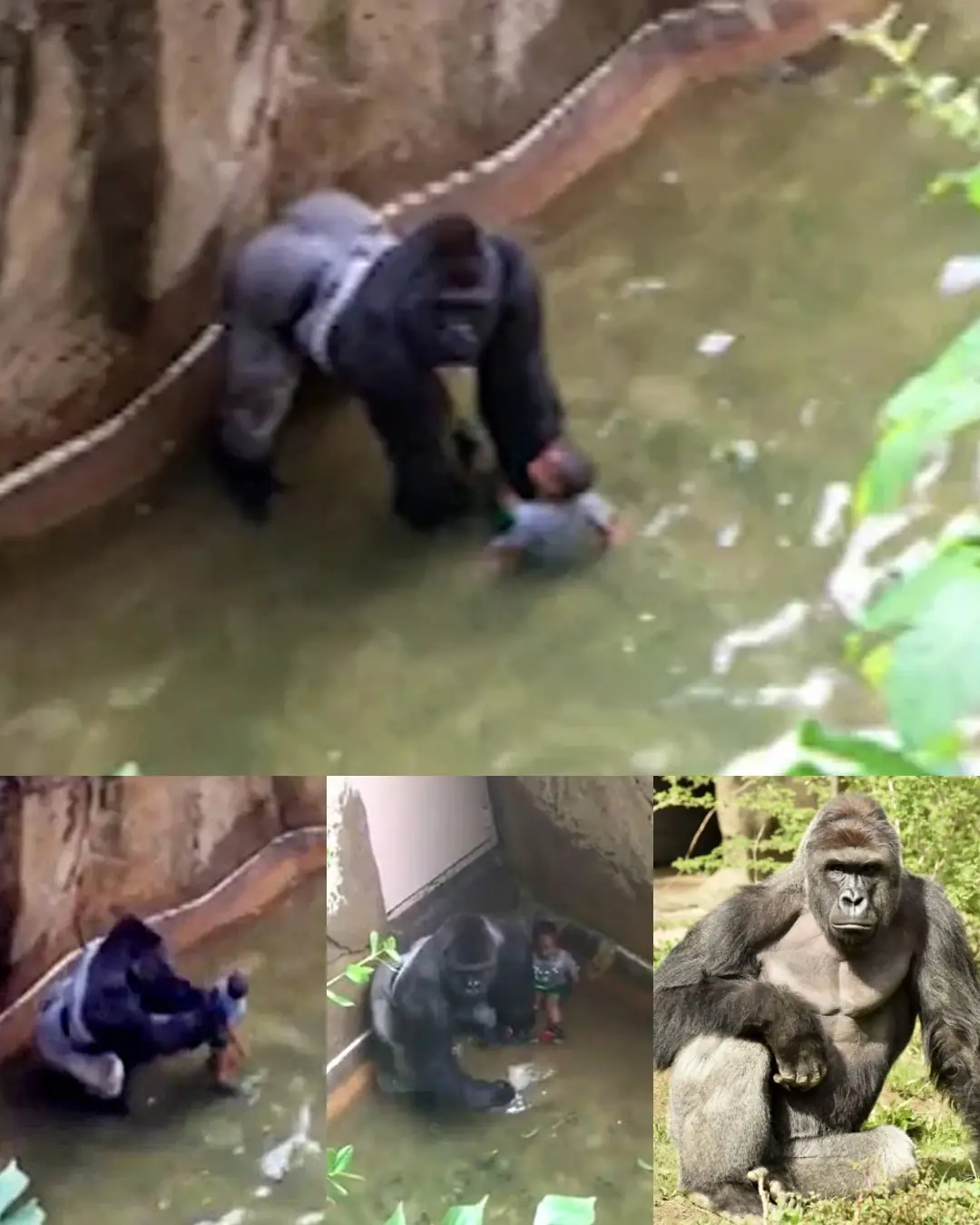
Tragic Incident at Cincinnati Zoo: A Gorilla’s Life Lost in Effort to Save a Child

The 5 fruits secretly damaging your brain after 50

The #1 silent sign your kidneys are in trouble (and it’s not your urine)

Why Some People’s Skin Turns Red When Drinking Alcohol
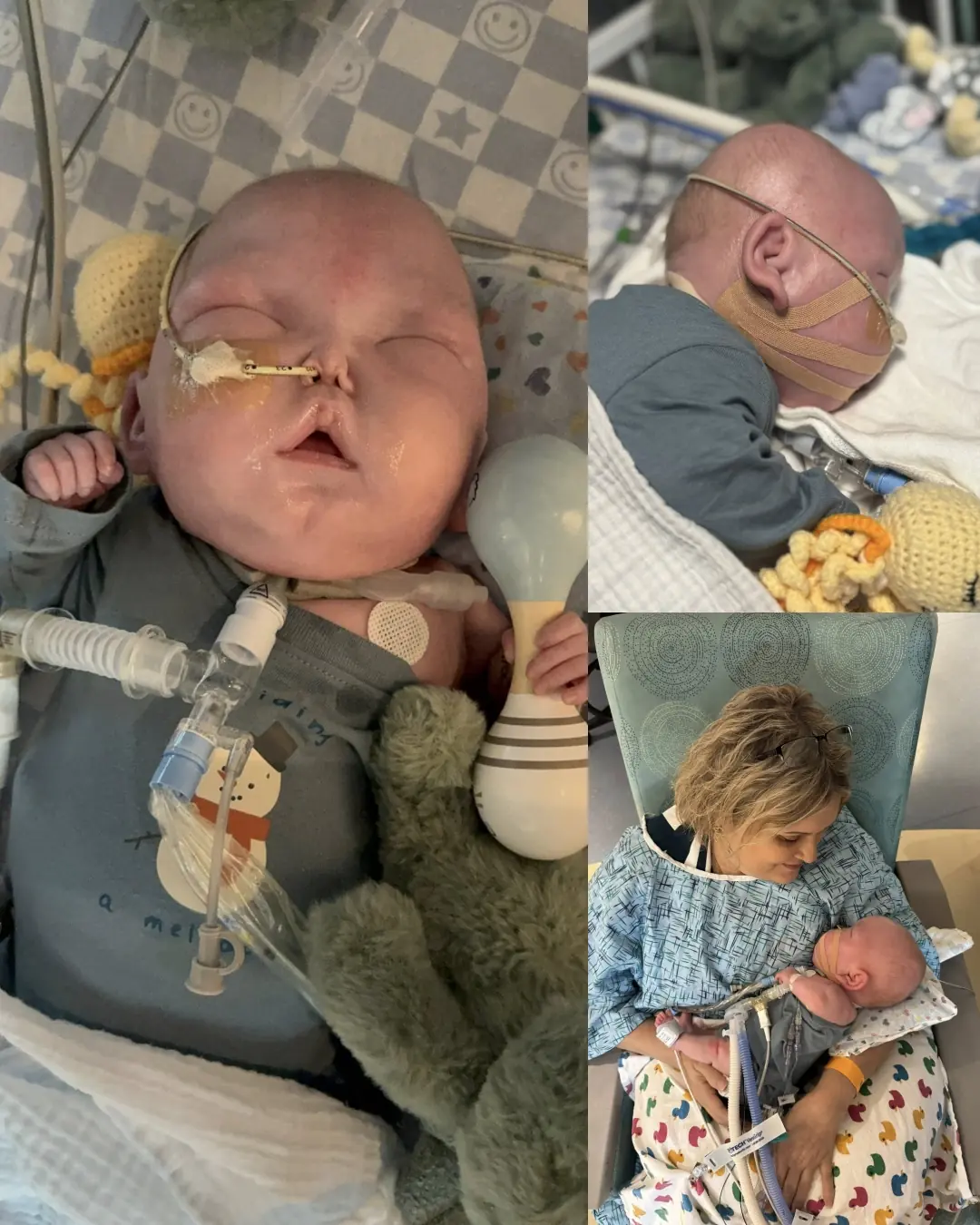
Theo’s Journey: A Day of Progress, Challenges, and Unwavering Hope – October 21st Update
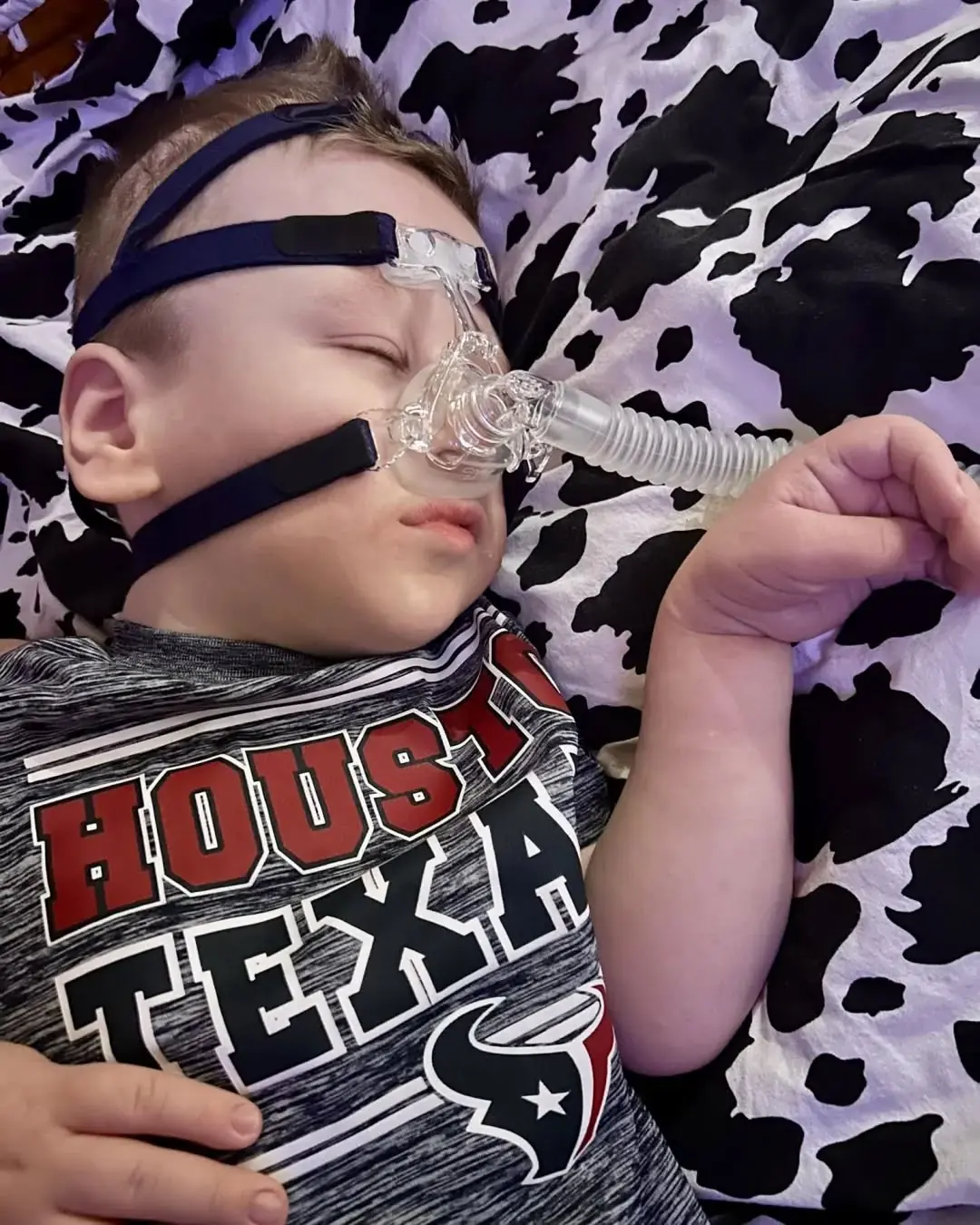
Home Again: A Family’s Journey Through Joy, Exhaustion, and Uncertainty

When the Jungle Looked Back: The Astonishing Case of Chimps Trying to Domesticate Alligators
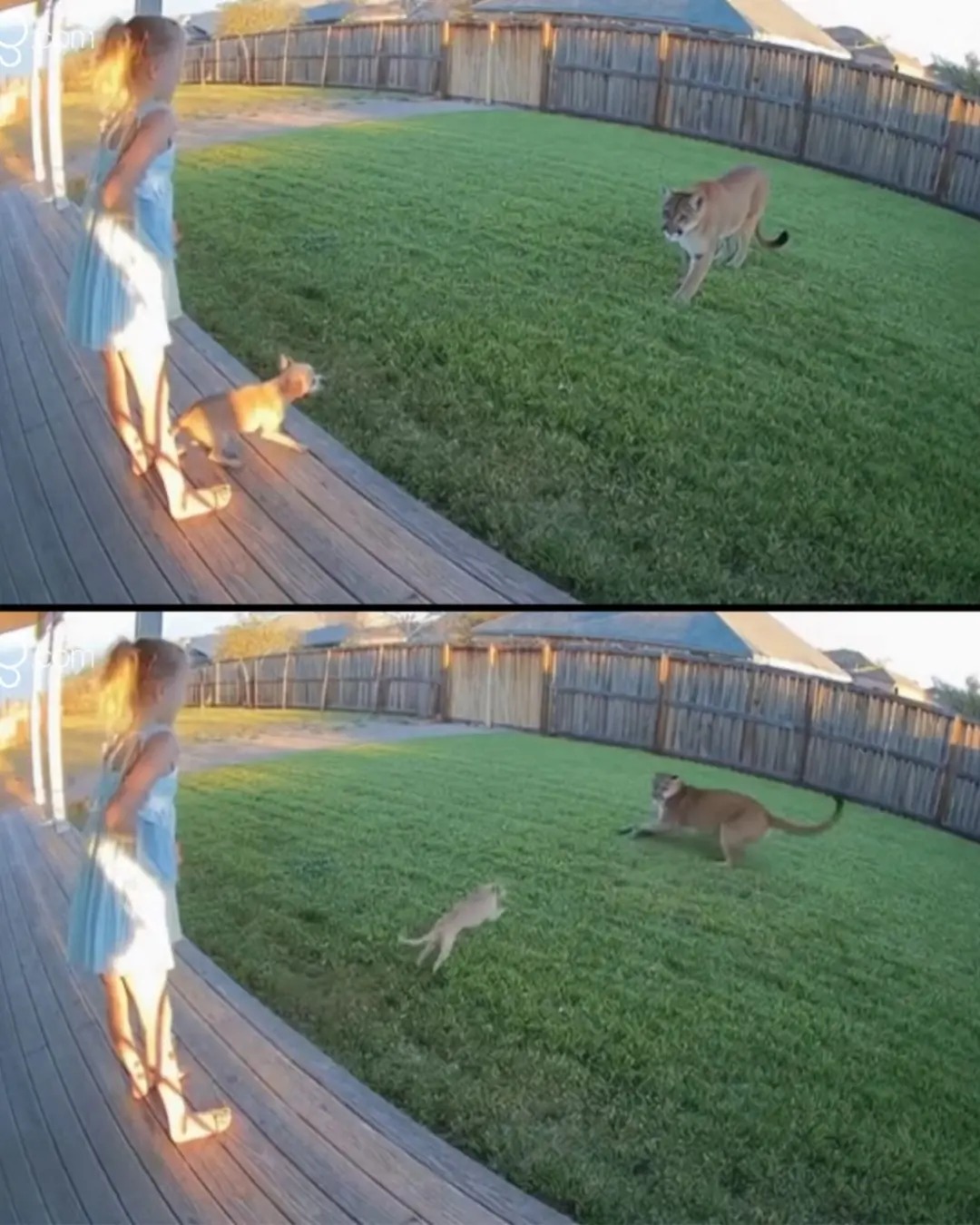
Tiny Hero, Big Heart: The Chihuahua Who Stared Down a Mountain Lion in Colorado
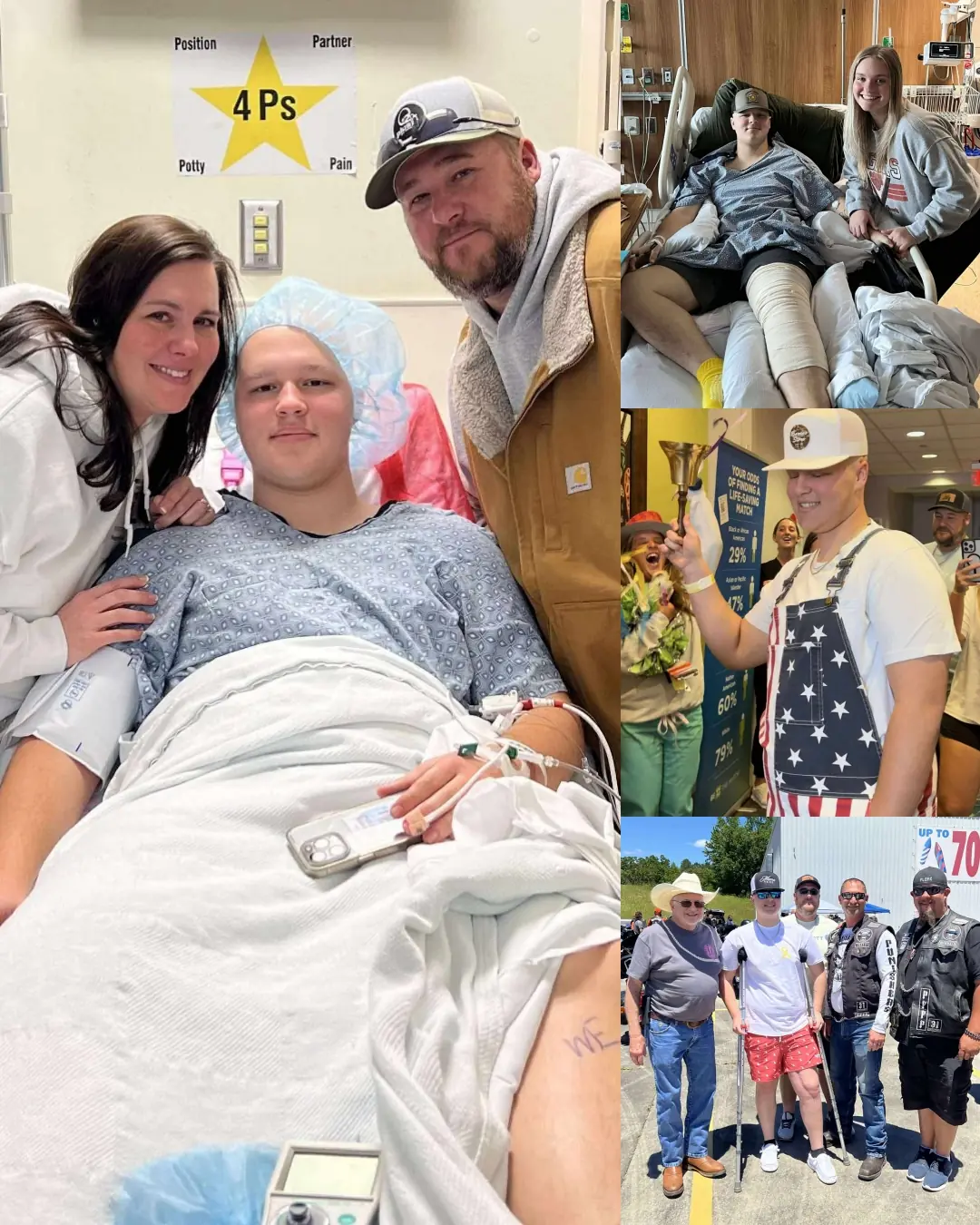
Zach Biggers: A Small Town Hero’s Fight Against Cancer
